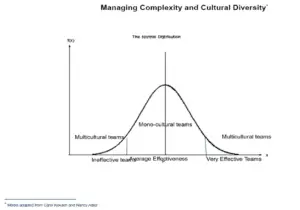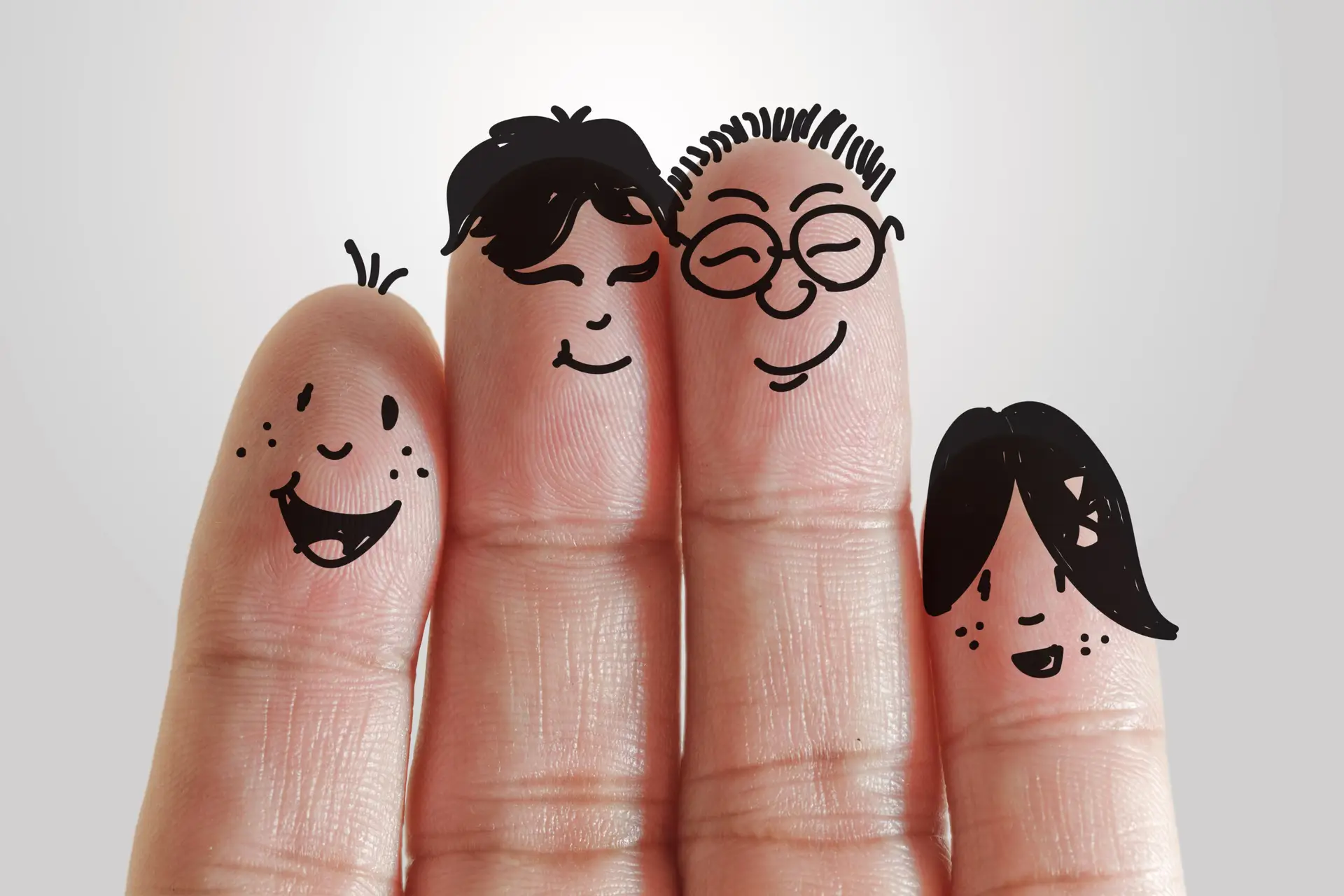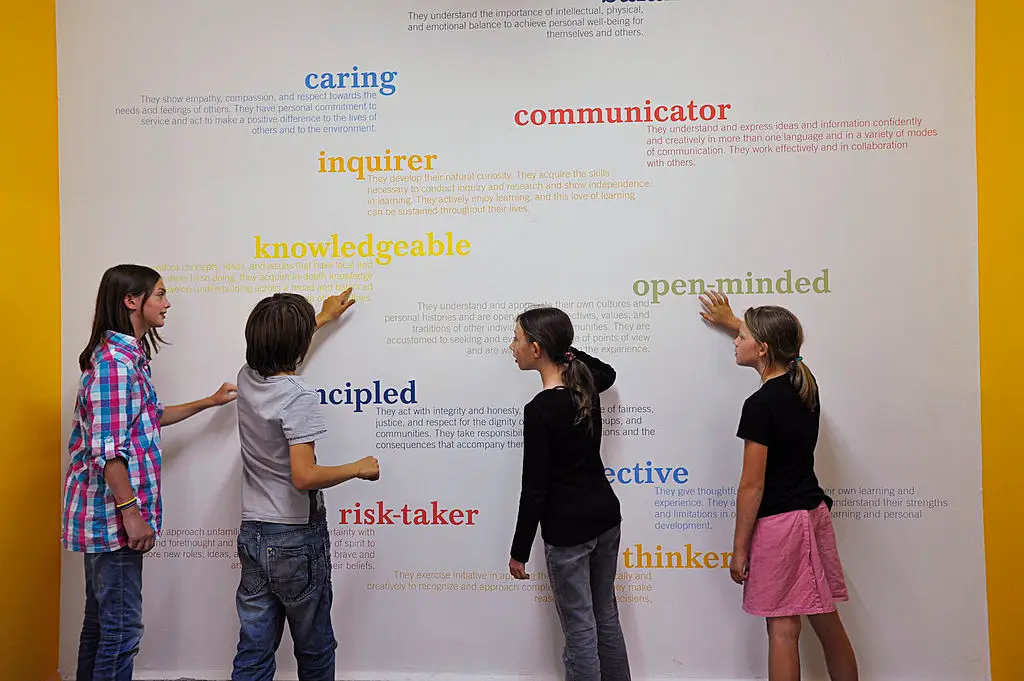Why is Culture so important?
One of my favourite definitions of culture is ‘How we do things around here’, (attributed to business consultants Terry Deal and Allan Kenned). Culture points to the different unwritten rules of any group of people. Cultural norms are mostly unconscious. They are largely influenced by what we learned when we were very young. This includes, from our family, our school and from the culture of the country we grew up in. In short culture is the water that we all swim in.
In most workplaces today, there are counterparts from diverse cultural backgrounds. Be it colleagues, suppliers, or clients. Perhaps, we share an office with them, or they may be located around the globe. Working well together requires an awareness that different cultures do things differently. However, cultural differences are not often front of mind so we don’t think about the issues they can cause. Understanding different cultural norms helps to create more effective work together.
Cross-Cultural Communication
Back in 2012 the Harvard Business Review identified
‘The number one most valuable skill for the 21st century manager is the ability to successfully work across cultures’
This is more true today than ever! Today’s workforce is increasingly globalised, therefore. working with people from other cultures is increasingly common.
Here are some common challenges in intercultural communication:
Language Barriers
Do not underestimate this obvious one! Even if your counterpart is fluent in your language, they may have a smaller vocabulary. They may use your words differently. For example, British and US American English some words have different meanings.
How trust is built
In some cultures, trust is built by working together. In others you have to build the trust first and then work together. This is important to understand so that you can build trust across cultural preferences.
How conflict is dealt with
In some cultures you address conflict head on, whilst in others you need to be able to ‘read between the lines. Not understanding this difference can exacerbate the situation.
Non-Verbal Differences
Gestures, facial expressions, and personal space expectations can vary widely across cultures. In some cultures, you are ‘meant’ to show emotions – in others you are expected to show restraint.
Stereotyping and bias
Generalisations can sometimes help understand what might be happening in a situation. But it can lead to stereotyping and bias. This can happen when a generalisation becomes fixed. For example, many people in one culture may prefer to get to the bottom line quickly and not give much context. It becomes a stereotype when you believe all people from that culture have that preference.
What are the benefits when you overcome these challenges?
High performance
 The research suggest that culturally diverse team are either going to be very high in performance or very low performing. Source Adler and Kopvach. Communication helps ensure that performance is high. This also includes better collaboration and more innovation. Better employee engagement is likely to result.
The research suggest that culturally diverse team are either going to be very high in performance or very low performing. Source Adler and Kopvach. Communication helps ensure that performance is high. This also includes better collaboration and more innovation. Better employee engagement is likely to result.
Better Relationships
Taking the time to truly listen and understand what is being said can only help. Your relationships with colleagues, customers and suppliers will improve. It will also lead to better relationships with leaders and the team. This will result in less conflict – and any conflict that does happen will be more constructive.
Better Decision-Making
Being able to hold multiple cultural perspectives, helps to view a situation in the round. It therefore helps to make more informed decisions.
Does all this sound good?
What qualities do you need to create good cross-cultural communication?
Openness
Recognise that your way of doing things is probably not the only way. Consider that there may be benefits to another culture’s way of doing things. Be willing to learn about others cultural preferences and norms.
Humility
If you believe your cultural preferences are better than your counterpart’s, recognise that they may feel the same way! When it comes to cultural preferences there is not right or wrong – just different approaches.
Curiosity
It can help to get curious about the benefits of another’s style -you might learn something.
Patience
Your cultural style might be to express the bottom line first – your counterpart may need you to have more context first. Learn to be patient with yourself and them!
Listen to understand
It may take time to adjust to someone else’s style. Its understanding that is key and reflecting back what you heard is usually an effective way to check that you are both on the same page.
Your Role as a Leader in Promoting Cross-Cultural Communication
Be a good role model for others
Do not underestimate the impact you have as a leader! Model the behaviour you want to see from others. Modelling inclusive communication practices sets the tone for mutual respect of all cultural perspectives.
Address issues to resolve possible conflicts and bias
When issues do come up, be sure to address them right away. Find a way to increase awareness of others around possible unconscious bias and unintended prejudices.
Celebrate diversity
Make space and welcome diversity of thought and ways of behaving. Acknowledge that there is no one right way of doing things and welcome different approaches. Celebrate and share the cultural diversity that exists in the team.
Learning and development
Make training and resources available to support staff to develop these communication skills. Also make time to increase your own level of knowledge and awareness.
Consider following the Berlitz® Cultural Orientations Indicator (COI) assessment tool. This will help you gain insights into your own and your team’s cultural preferences and communication styles. Leveraging the COI, you can build a more inclusive and effective work environment.





